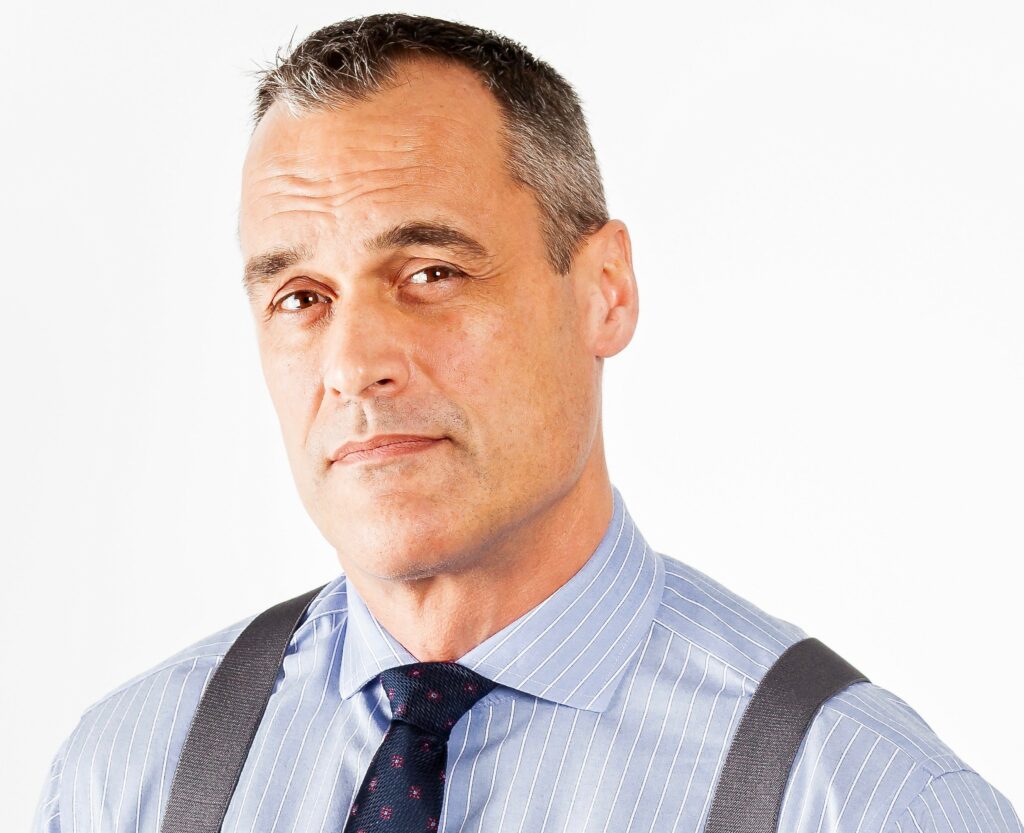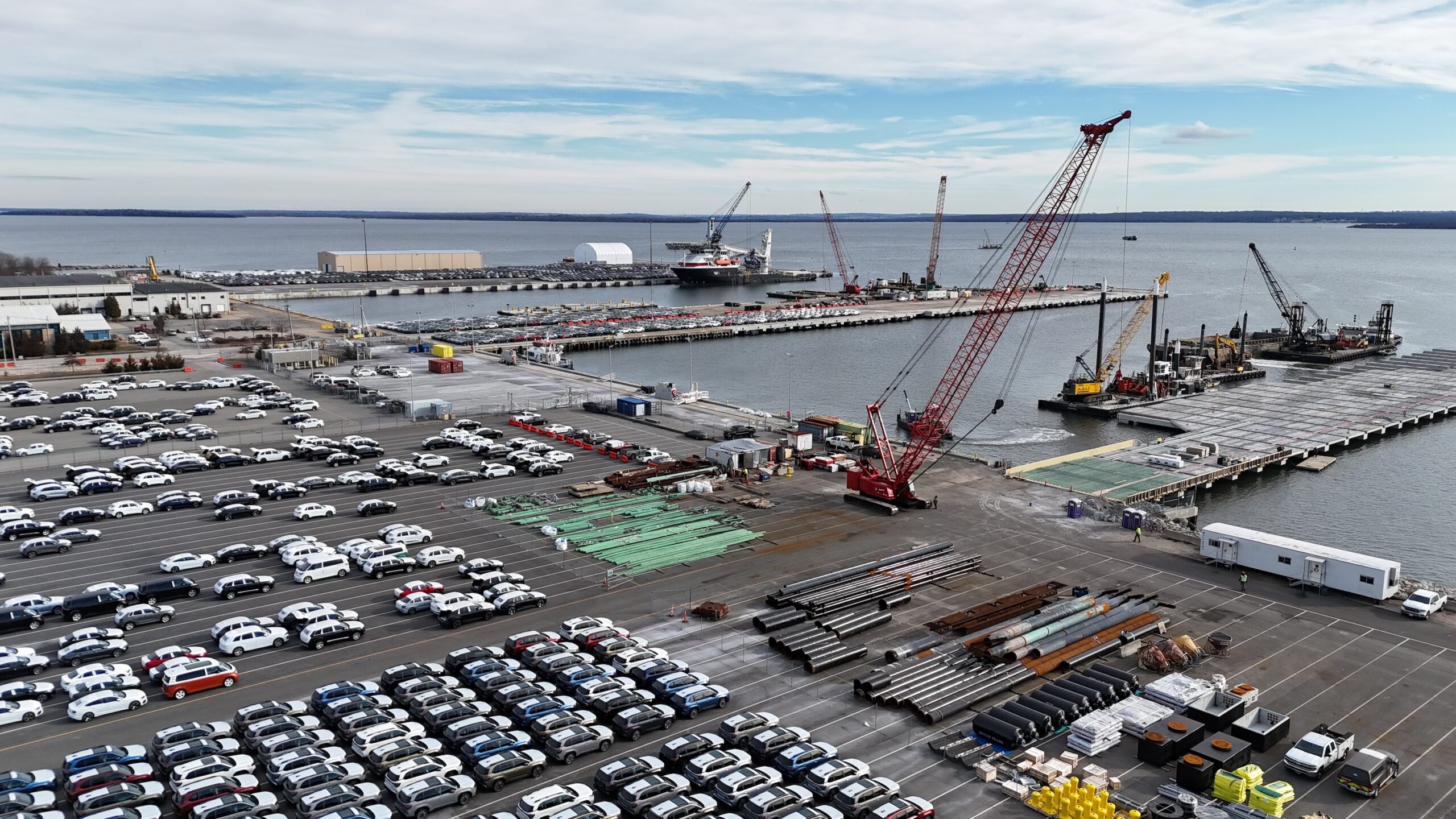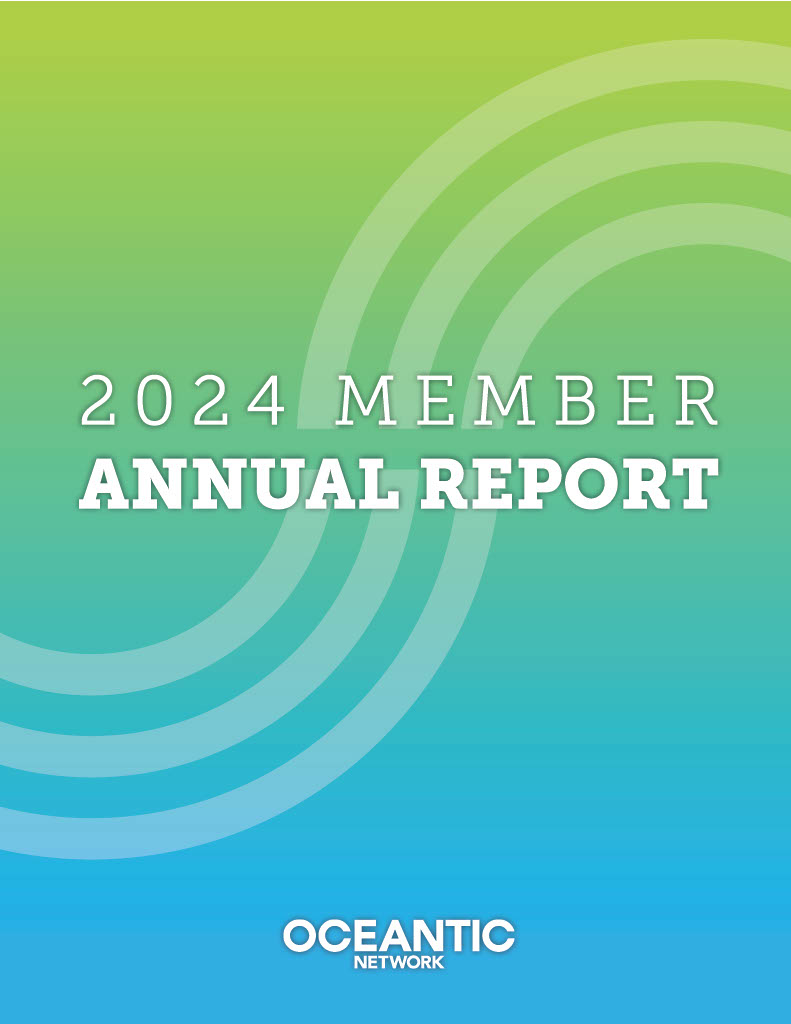“How Big Things Get Done” In Offshore Wind: A 2024 IPF Keynote
Businesses across the board launch large projects all the time. These projects, and the industries themselves, require new technologies, infrastructure, research, a robust supply chain, and solid financing to achieve economic success. But to realize these things requires time, collaboration, investment, and above all else — planning.
And the offshore wind industry is no different.

The U.S. is ramping up its investments and programs to achieve 30 GW of offshore wind by 2030, plus 15 GW of floating wind by 2035. However, outside pressures, including inflation, interest rates, and global competition, are actively impacting projects.
These types of disruptions aren’t uncommon in the world of mega-projects. Such endeavors often take longer than expected, go over budget, and include unforeseen problems. It’s an alarming trend in which most muti-billion-dollar projects across all industries stumble, face obstacles, and/or change course.
With our climate future on the line, it’s more important than ever that the offshore wind industry remains focused on efficient project delivery to avoid such delays.
So, how do we course-correct projects to create a brighter future for our industry? Best-selling author and former journalist Dan Gardner has some ideas and will share insights and takeaways from his new book, How Big Things Get Done, at Oceantic Network’s 2024 International Partnering Forum (IPF Week), taking place April 22-25 in New Orleans.

How Big Things Get Done provides a vision to help companies, governments, and industries of all kinds manage successful mega projects. It identifies key factors and warning signs of decision-making errors that impact a project’s critical path. Ultimately, Garner stresses that turning a vision into a plan with successful deliverables happens when you think slowly and act fast.
Offshore wind projects are not immune to the pitfalls that Gardner will address. Offshore wind energy production and distribution are complex systems that require intense planning and strong execution. And with pressures to reduce costs, improve efficiency, and deliver more power, the industry cannot afford budget overruns and project delays.
As more offshore wind projects are added to the pipeline in the U.S., we need to spend more time in the planning phases, as well as the tools and resources required to execute mega-projects that deliver as promised. Gardner’s insights can be a big help. His exploration of why so many mega projects fail can provide important and useful insights relevant to offshore wind development projects.
Don’t miss Gardner’s keynote presentation during the Opening Plenary session on April 24, and learn how to use his ideology, techniques, and best practices for your offshore wind projects as well as many other key learnings from other industry leaders and experts at 2024 IPF.



